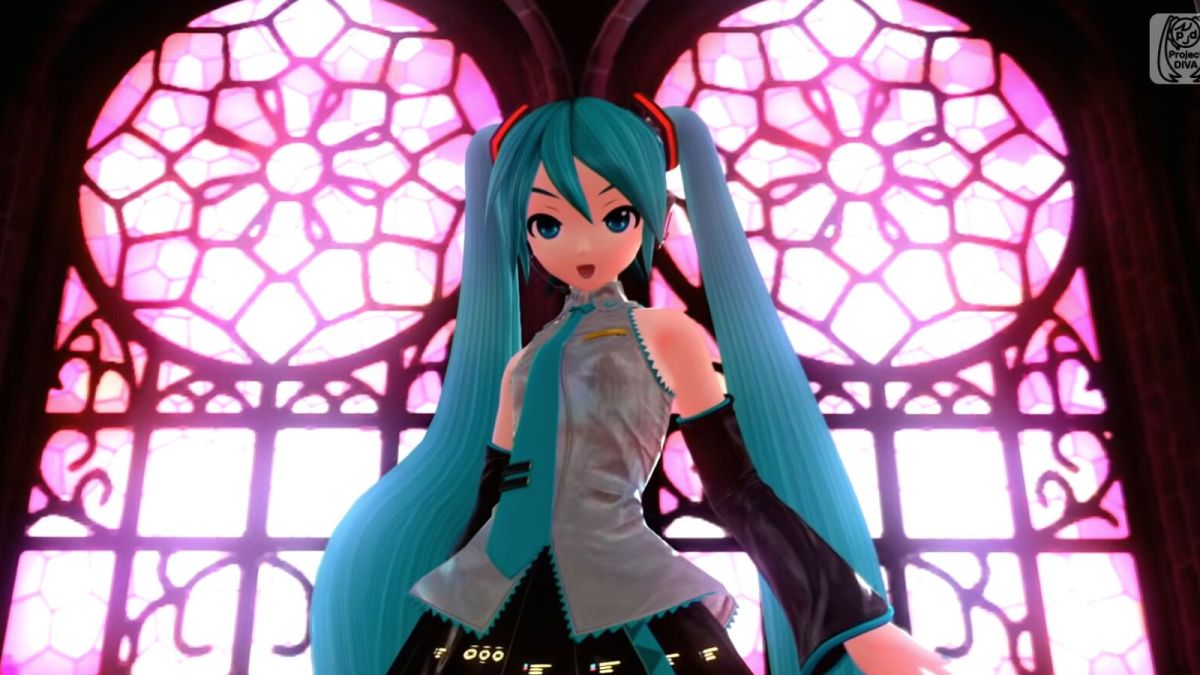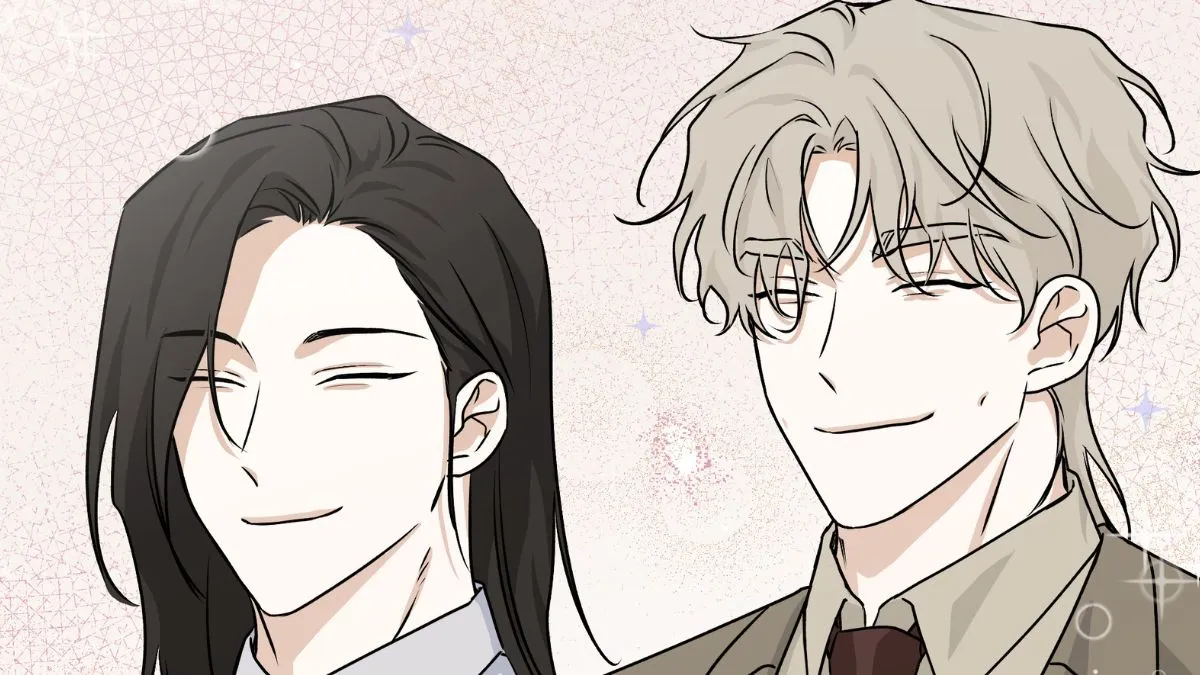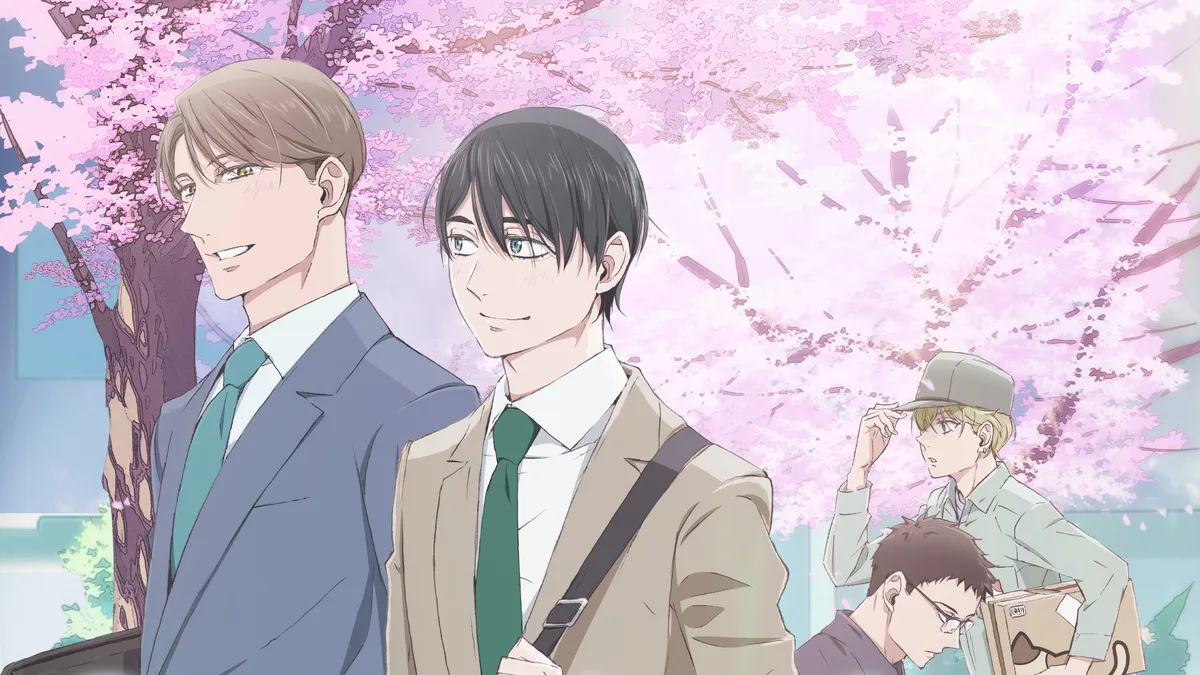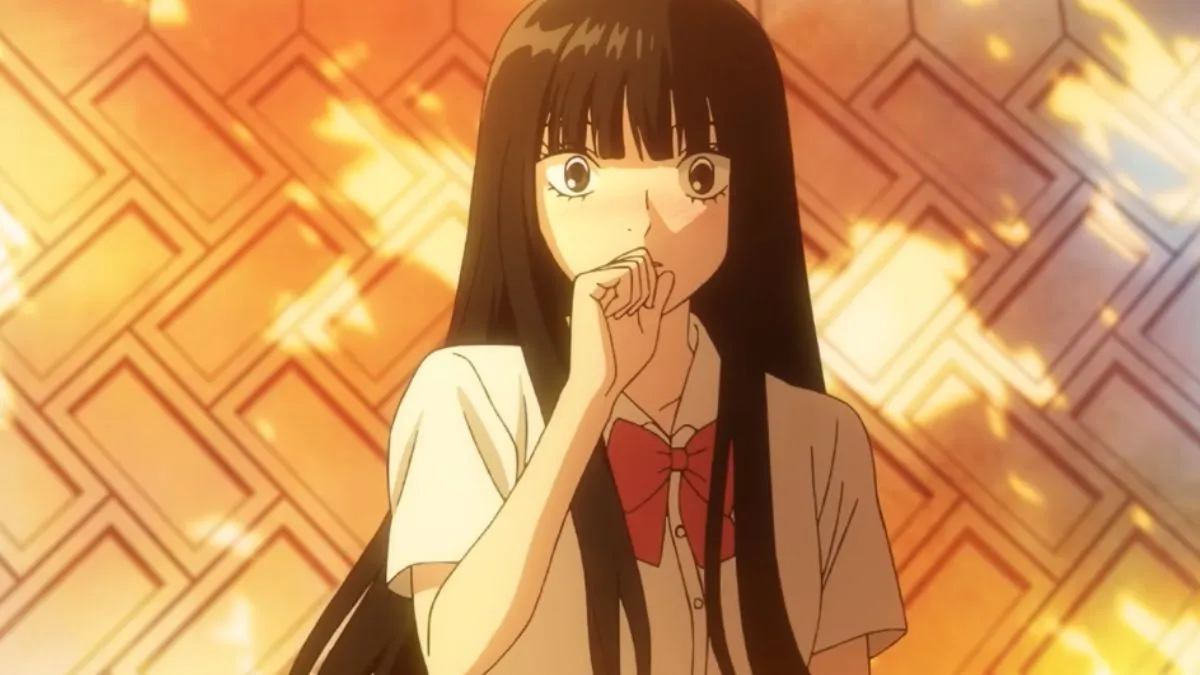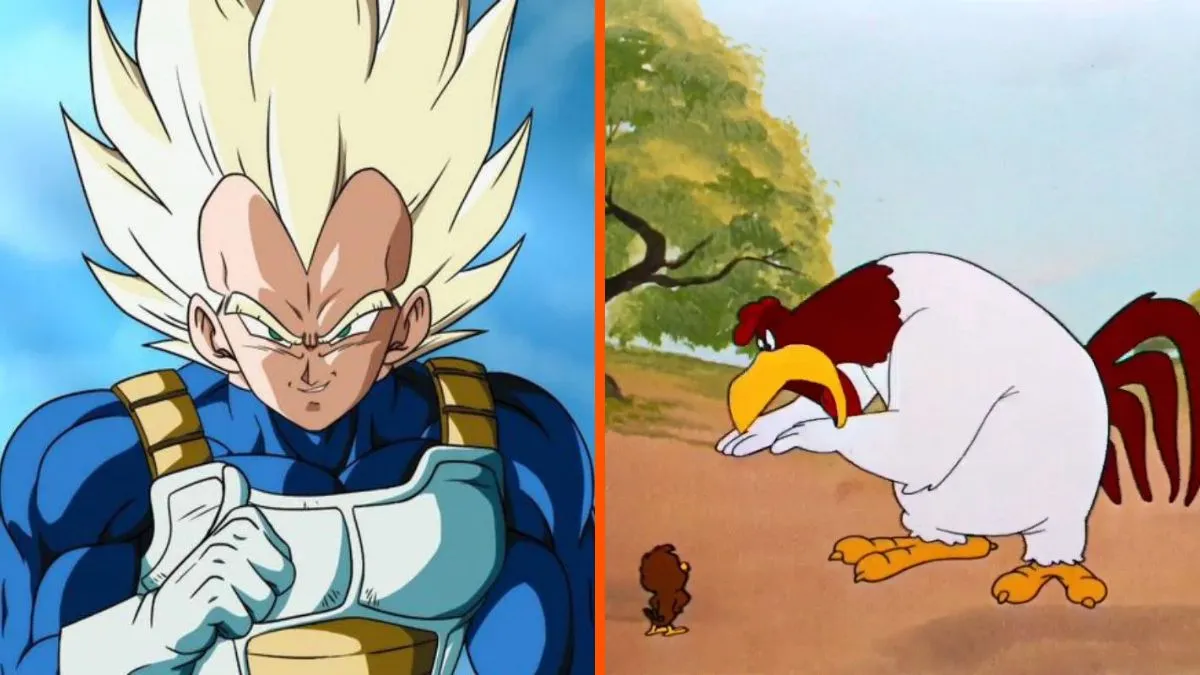Vocaloid has made waves in the J-pop and anime music scene and is still popular to this day. With collaborations with other properties such as Magic: The Gathering, to concerts around Japan and sometimes America, these AI singing robots will not be irrelevant anytime soon. And with other music voice synthesizers out there in the market, Vocaloids have multiple characters with their own quirks and personalities that pretty much give them their own unique identities.
But out of the multiple characters that are part of Vocaloid’s lineup, some are the best because either they were popular or maybe because the history behind their design and conception is interesting and makes them stand out from the rest.
So here are the top 17 best Vocaloids of all time, ranked.
17. Aoki Lapis
Aoki Lapis’s voice is provided by a contest winner, a Japanese woman named Eguchi Nako. As a fairy, she has no memory of what she is or who she is. She belongs to a race of fairies capable of transforming music into power, and when she sings, it is said that her voice has the power to give life to those who listen to her.
Due to her color palette, Aoki Lapis is named after the semi-precious gemstone Lapis lazuli.
The large gem that she has on her head is a Paraba Tourmaline, which is an extremely rare and precious gemstone. The character’s design is quite different from that of her sister Merli, who is darker than Lapis, who is lighter. Despite being sisters, Merli and Lapis are also shown as rivals, becoming Vocaloid’s first protagonist and antagonist.
16. Yuzuki Yukari
Yukari’s concept is “People who are related to the VOCALOID connect the sounds/moon to one another.” The English title is “She unites you all with her voice.” She is loosely based on the legend of the Moon rabbit. While Yukari is less well-known than the other Vocaloids on this list, she has a dedicated fanbase drawn to detailed design and her deep, soft, and mature voice.
Yukari’s voice was intended to portray the softness and expression of a young woman. At the time of its release, her vocal was unique. It was a natural tone that leaned towards genres of music such as jazz, which require a vocal capable of slower tempos.
15. Mayu
Mayu looks cute. Her design is based on that of a high school Yandere girl, but she could be harmless. She is the first and only Vocaloid with this personality trope. In addition, Mayu has a gothic lolita theme mixed with the electronic and music themes you typically see among Vocaloid designs. She is the first Vocaloid to use a lolita design.
Her voice provider is Mayumi Morinaga, known for the theme song of Fairy Tail. Despite their very different personalities, both are highly talented. Many agree that Mayu is an underrated character in the lineup, which is a shame considering the potential stories that could be told using only her voicebank.
14. SF-A2 miki
SF-A2 is a cybernetic character with no ties to any references related to YAMAHA, the company behind the VOCALOID software. Her voice was provided by Japanese bass player and singer Miki Furukawa, and she was designed to be an android with the appearance of a young teenager.
However, SF-A2 Miki’s voice was more faithful to her voice source, Furukawa, making her voice more appealing. It was considered unique at the time since voicebanks would usually differ slightly from their sources in order to distinguish between them. Nevertheless, her voice sounds remarkably human when used, especially compared to some of the more prominent characters, which raises questions about her robotic origin.
13. Meiko
Meiko sold well compared to Kaito during her initial release and is loved by Vocaloid fans. She was the first character to have an official avatar and was ranked within the top 10 most popular Vocaloids back in 2015. Japanese singer Meiko Haigo provided her voice, thereby giving her name.
Notably, Meiko, like Kaito, was not set up as part of the Hatsune Miku characters to personify her, so she had no surname. As a result, fans gave her the nickname Sakine Meiko, defining her as an older sister-mother role model compared to the other popular female characters.
Although Meiko is one of the more popular Vocaloid characters, she only has a few original songs to her credit. While she remains popular among fans, it was announced that there won’t be any future installments of her voicebank.
12. Piko
Piko shared the same name as the artist his vocals originated from — Piko — and was released in conjunction with Piko’s release of his second single. His voicebank was developed under Sony Music Entertainment Japan, so the recording label held tight control over how his voice was used.
So, if you’re wondering why there aren’t many songs using his vocals, that’s why. There was barely any promotion, and the avatar was only accessible on the day his vocals were released. But dang, people were able to produce really smooth vocals using his voicebank.
11. Fukase
Speaking of Vocaloids that share the same name as their voice providers, Fukase is voiced by Sekai No Owari’s lead singer, Satoshi Fukase. You might recognize this Japanese band as they’ve composed one of One Piece‘s openings and for the Attack on Titan movie.
Unlike other characters, he somewhat resembles his real-life counterpart, with his voice sounding slightly more artificial. If people enjoyed Satoshi Fukase’s contribution to the anime scene, then using this character could be interesting.
10. Dex
Dex is a unique Vocaloid character because — unlike other characters whose voices come from Japanese artists — his belongs to an American Vocaloid producer named Sam Blakeslee, aka Nostraightanswer and Lupin.
His initial design was inspired by The Fox and The Hound and was modeled after a wolf, but eventually was scrapped in later releases. Dex was the first native Vocaloid available for Mac users, and his vocal usage in English tracks is really smooth and not jarring at all.
9. Gakupo
Gakupo’s design was based on a samurai aesthetic and was marketed toward professional song producers to take advantage of accessing vocals from famous singers. In July 2008, he was introduced as Camui Gackpo, sometimes referred to as Kamui, with a design by Kentaro Miura, the artist of Berserk. Gakupo rose in popularity in Japan due to the lack of male vocals available, and unlike most other Vocaloids, his name is based on the artist his voices came from, GACKT (Kong: Skull Island – Japanese Dub)
Gackpo’s vocals easily overshadowed those of other Vocaloid characters due to his deeper, more masculine voice. This has made Gackpo a staple of serious, and often grim, Vocaloid songs involving female characters, mainly due to the suggestive tone he imparts.
8. Lily
Lily’s voice provider, Yuri Masuda, is known to have a renowned music career in Japan. This Vocaloid character has several references to the Japanese musician, including her band, to the point where this character’s existence feels like a homage.
Lily may look like someone who’s related to the Kagamine twins based on her hair color and appearance, but it has been confirmed that she has no connection to the Vocaloid duo.
7. Oliver
Oliver may be canonically 12 years old, but he’s remarkably talented for a young synthesized voice. Released in 2011, he is one of the few Vocaloids designed to sing in English. Oliver’s design was based on the idea of Frankenstein’s monster, which is why you see him adorned in bandages.
However, whatever challenges this young boy endured didn’t affect his singing and have made him a beloved character to this day.
6. IA
IA is a Vocaloid that was released post-2010s, with the goal to make her sound natural and not robotic when used by music producers. IA’s voicebank was designed to be easy to use and provide crystal clear vocals. Whether or not that goal was achieved depends on you.
But the fact that this Vocaloid character was a featured guest at a 2016 anime convention in Sydney probably proved that her vocals are loved by both music producers and fans alike.
5. Megurine Luka
Luka was the first Vocaloid character that was designed to provide both Japanese and English vocals. And while she’s usually seen singing along to Hatsune Miku, she’s still iconic performing on her own. Her voice was deeper and warmer than Hatsune Miku’s since she was portrayed as in her 20s, as opposed to Hatsune Miku’s teenage years.
The mellower voice of Luka gave her a much clearer enunciation than other Vocaloids built on the VOCALOID2 engine, which led to her niche popularity in the late 2000s to early 2010s as a cover artist for Lady Gaga songs. She is particularly famous for her cover of “Paparazzi” by Lady Gaga. Unfortunately, Yamaha announced that Luka’s voicebank will be retired as no new serial codes will be distributed. But just because she’s no longer accessible doesn’t mean she’s unloved.
4. Kaito
Kaito was once described as a “commercial failure” due to the lack of interest in his first release. However, his popularity rose in 2008 when his voicebank sold twice as much compared to his initial release and was well-received later on in future releases.
An interesting fact about Kaito was that his vocals were provided by famous Japanese singer Naoto Fuga, known as one of the featured vocals for the Pokémon Sun and Moon theme, according to Discogs. So it’s pretty cool to know that an iconic Japanese artist voiced a popular Vocaloid character.
3. Gumi
Gumi has one of the most natural voicebanks in Vocaloid and can sing in both English and Japanese. However, what sets her apart from the rest of the Vocaloid world is the way that her developers designed her appends. Appends in Vocaloid-land are a way to customize the original voicebank in such a way that makes the voice sound softer, more powerful, raspier, etc. When several appends are mixed, you will get a much more natural voice, which is why a variety of appends have been released for the most popular Vocaloids. GUMI’s company, Internet Co., Ltd., offered voice and age variants so users could select an older, more mature voice.
Her design has a retro-future aesthetic to it, yet she still looks adorable when she needs to. She can be peppy, sexy, or anything, depending on the creator’s intent with the character. She’s an amazing singer, and her vocals bring something different to the pool of existing singers.
2. Kagamine Rin & Len
Kagamine Rin & Len is an iconic duo in a list of Vocaloid characters, as it’s unknown if they’re siblings, friends, or lovers. But that doesn’t matter, as producing songs with those two has endless possibilities.
Both singers have amazing harmonies when they sing together, not to mention amazing chemistry. Creators have free reign on how they interpret the duo, and that is reflected heavily in the music they produce.
1. Hatsune Miku
The most iconic and popular Vocaloid, Hatsune Miku, is well-known throughout pop culture and is widely used by multiple Vocaloid music producers. Most people’s first taste of Vocaloid is through Hatsune Miku, more specifically through the song “World is Mine.” This character is seen everywhere, from video games to other IPs, touring through countries, and so on, pretty much making her the unofficial face of Vocaloids. Also, her voice belongs to well-known Japanese voice actress Saki Fujita, known for her roles in Boruto the Next Generation, Sword Art Online, and, funnily enough, the AI robot Ritsu in Assassination Classroom.
Vocaloids are not only versatile but are also unique in their own way. From well-known voice actors to their design and backstory, each of them is loved by fans for different reasons. And while some of these characters are no longer accessible for those who are starting out, there are plenty of characters out there that are just as talented and well-designed as the ones listed above.

